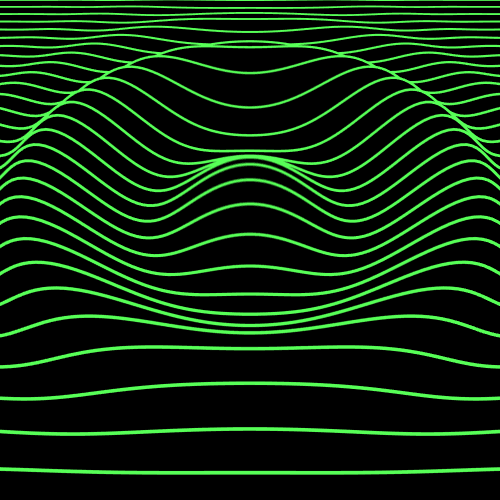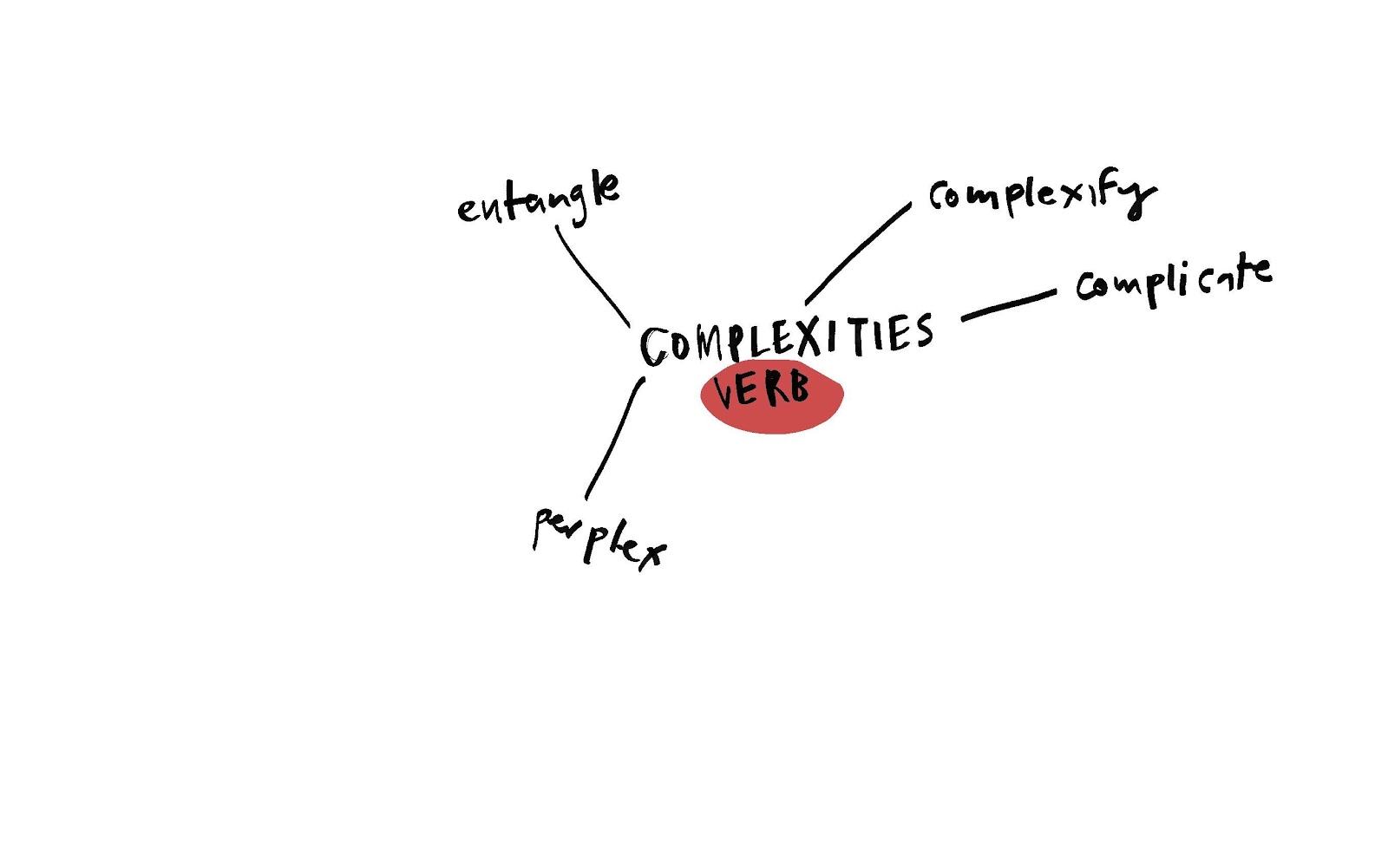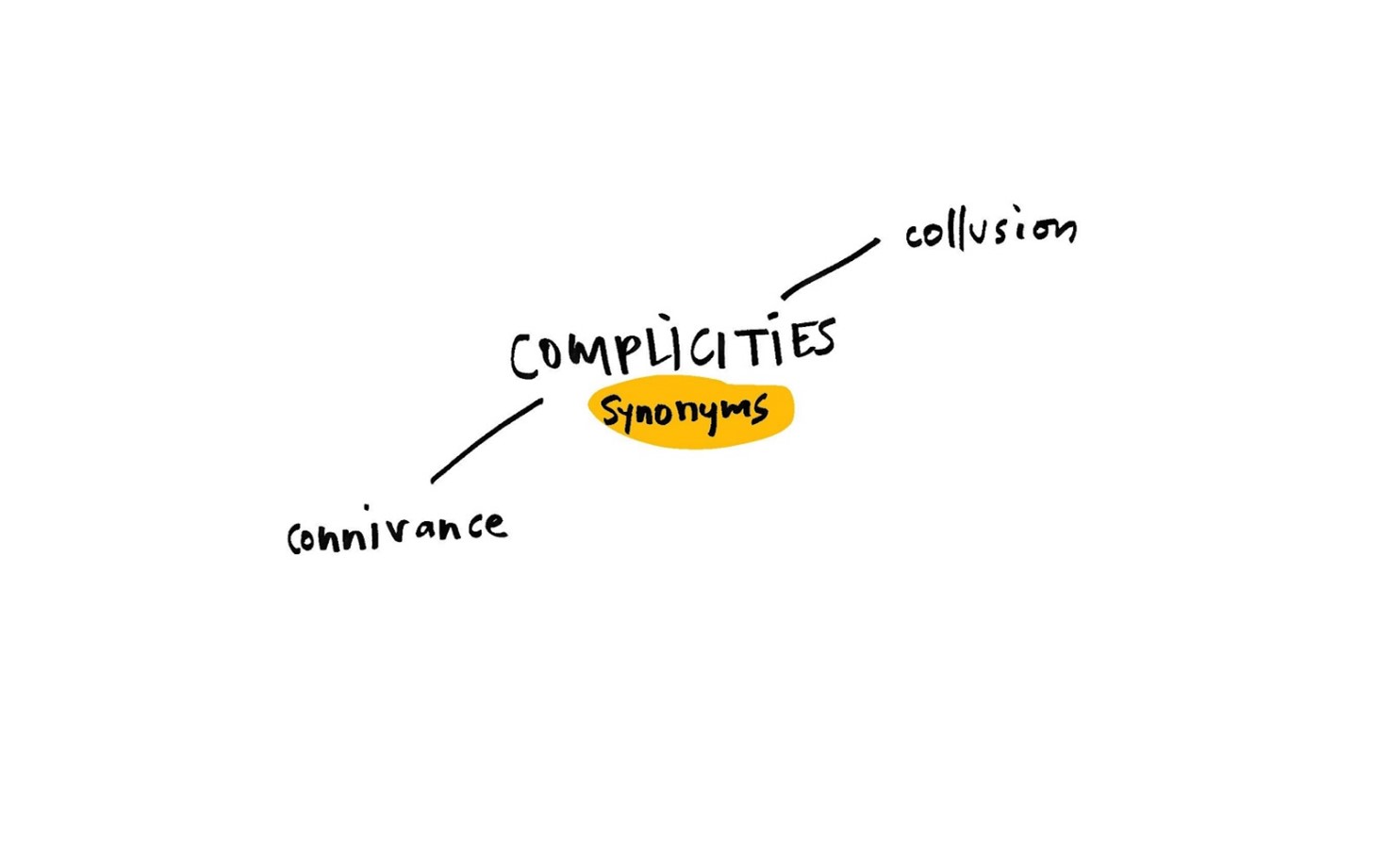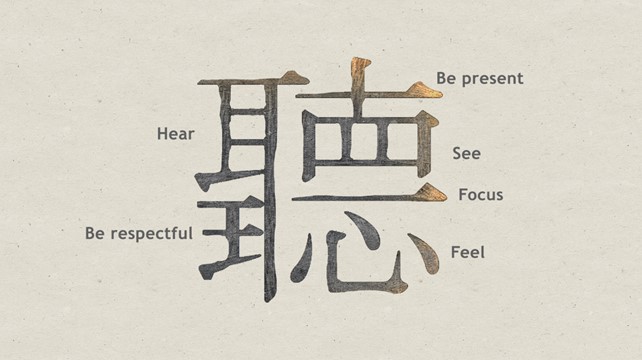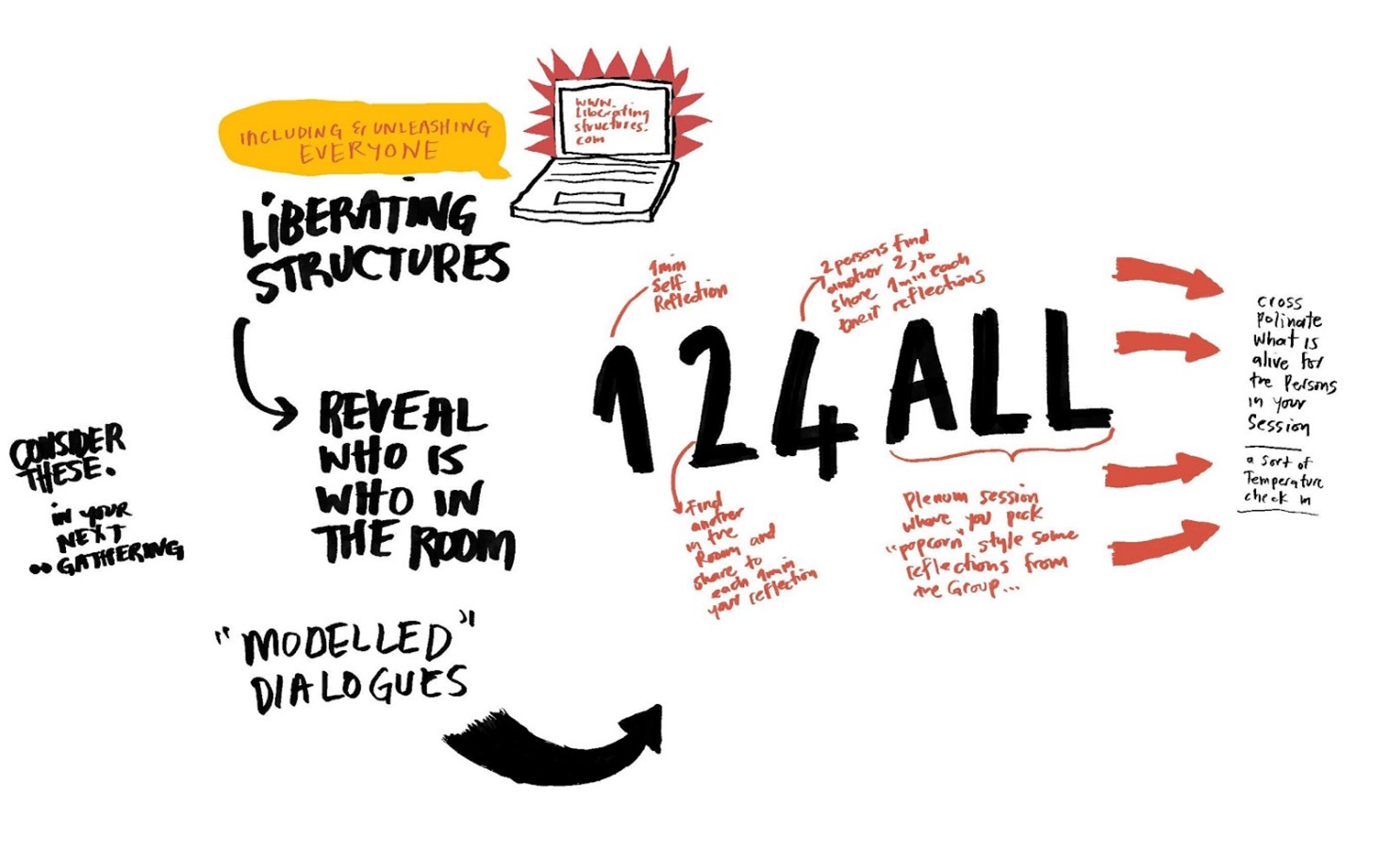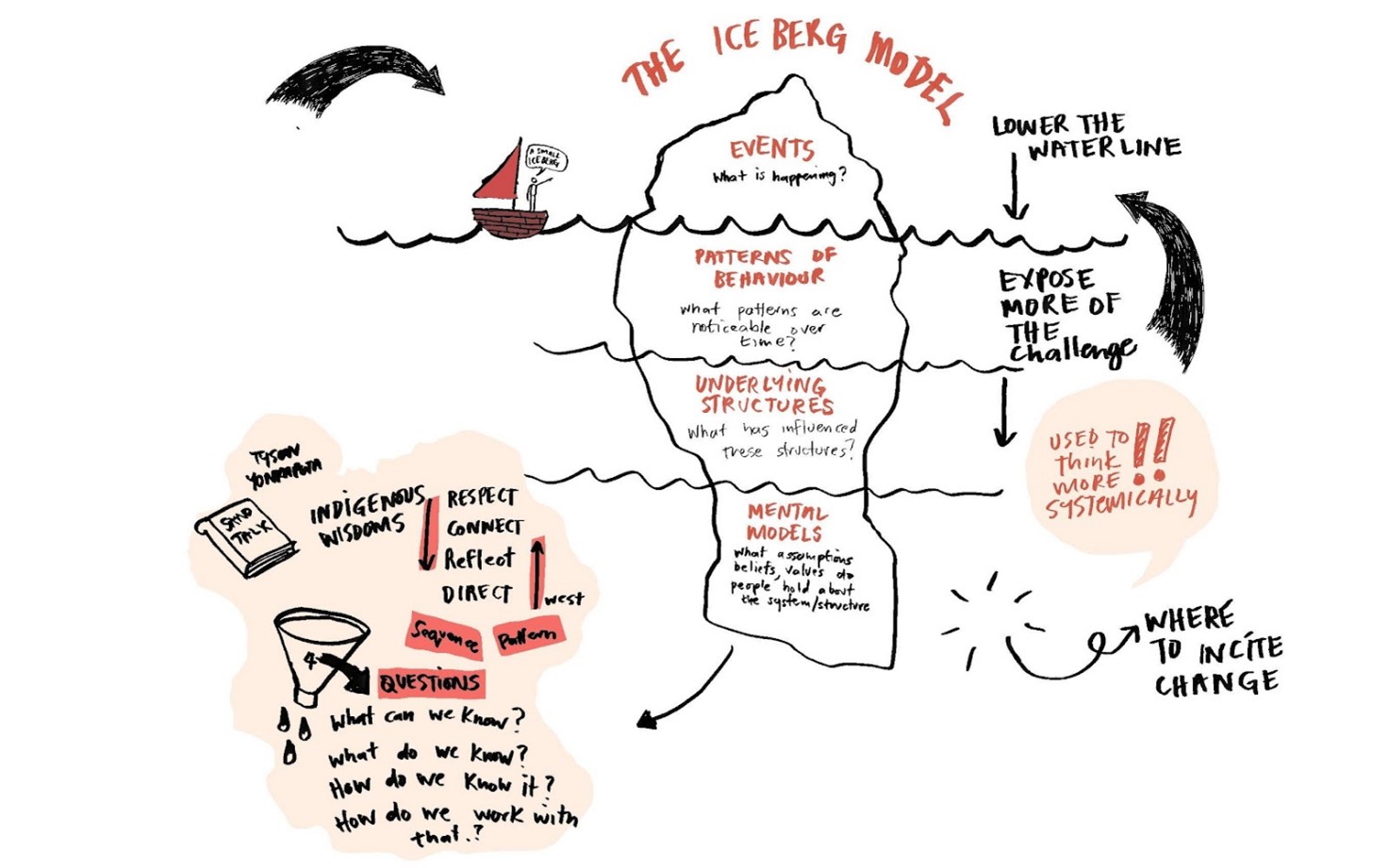Written by: Abdul Dube
I have a fascination with both text and (drawn) images. I have been actively merging the two for quite some time. This article informs my praxis and contributes to the way I view making knowledge available, especially ways that I have been fortunate to work on. I must be honest here with you all and say this text has been one part easy, but more so I had to live through systems and structures of oppression that most white folk won’t ever encounter. So, I wanted to write this with the ease of making the text reflect both my internal space (response) but also the reactionary activist in me — let me also make clear that for most of this work I have pick up (deep listening), read about it and sat in affinity dialogue circles.
I was born on the other side of the colour line so to speak, many years down the line I am living in the Nordics navigating the “cultural worker and art making/doing” scene, at times I have also been the only person that would bring up the topic of racist structures, systems and daunting policies one experiences as a black body. This has played havoc on my mental health at times as I or any concerning black person needed to fill the “teacher role” – and let me say it here, LOUD and CLEAR, as much as I love sharing what I dig out in this hyper knowledge highway, the reality is its tiring!
So dear white folk, “consider this” – I implore you to dismantle these tyrannies that would much rather see us fight and be distracted to the fact that, our unifying heritage is our difference, our difference in seeing, feeling, loving, making, thinking – you get the point!
I was invited to open the seminar Complex complicities – a small but very important step towards creating Nordic discourse about antiracist and feminist practices in Nordic contemporary stages. And as such my go to method is to break down the meaning / meanings that is lodged in words – I wanna know where words originate from, and then lunge into meaning making and knowledge sharing – join me:
COMPLEX — /ˈkɒm.pleks/ /kəmˈpleks/ – The Complex Origins of Complex
The word complex lives up to its name, as it contains multiple parts of speech and senses. It serves as an adjective, a noun, and, less commonly, as a verb. The verb use is the oldest of the three, with an original meaning of “to join or unite”. Complex comes from the Latin complecti, which means “to entwine around, to embrace”, a word that is based in part on plectere (“to braid”). English has a number of other words that can be traced to plectere, including perplex, plexus (“an intricately interwoven combination of elements or parts in a cohering structure”), and amplexus (“the mating embrace of some amphibians, such as frogs and toads”). – Merriam Webster dictionary
